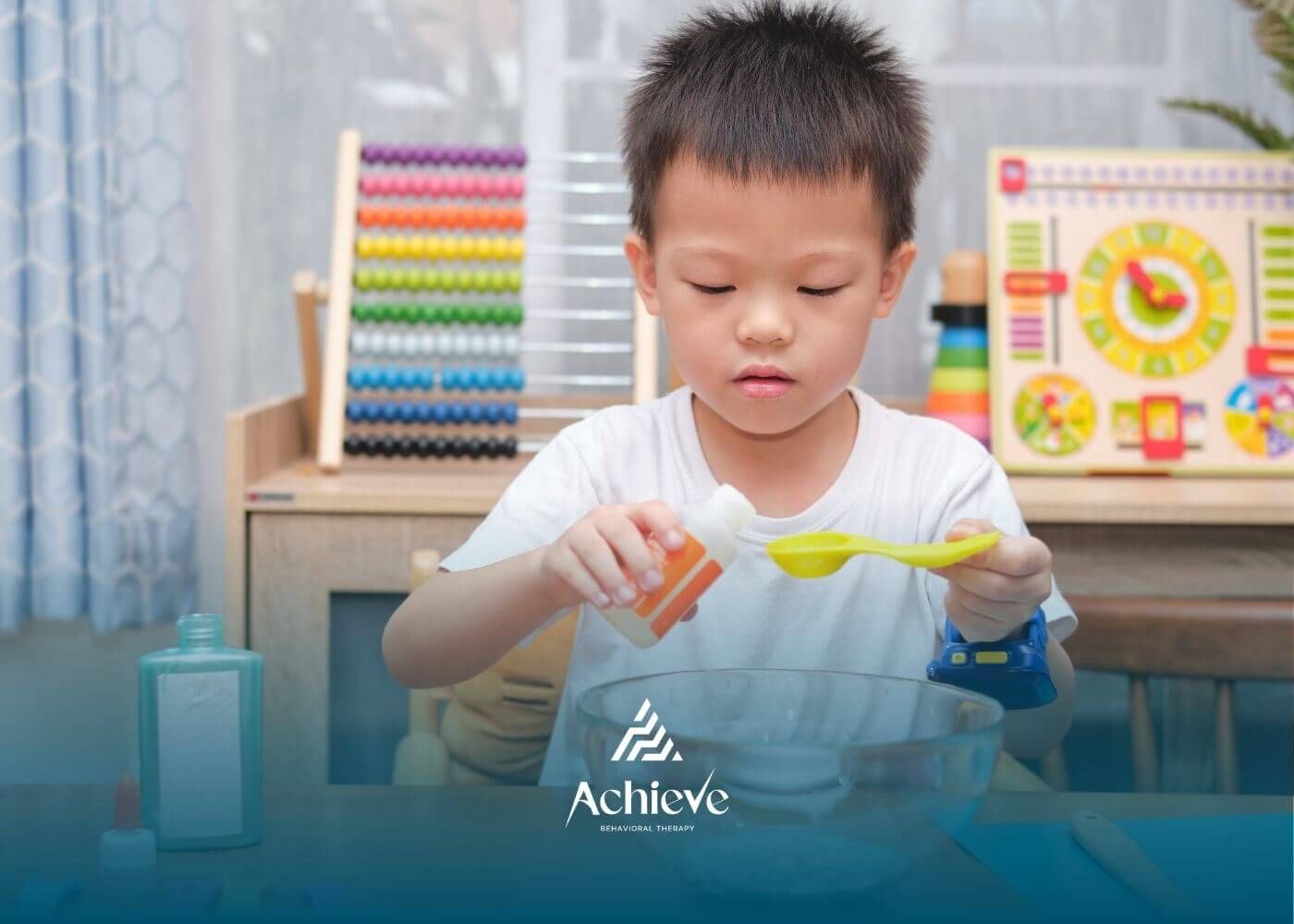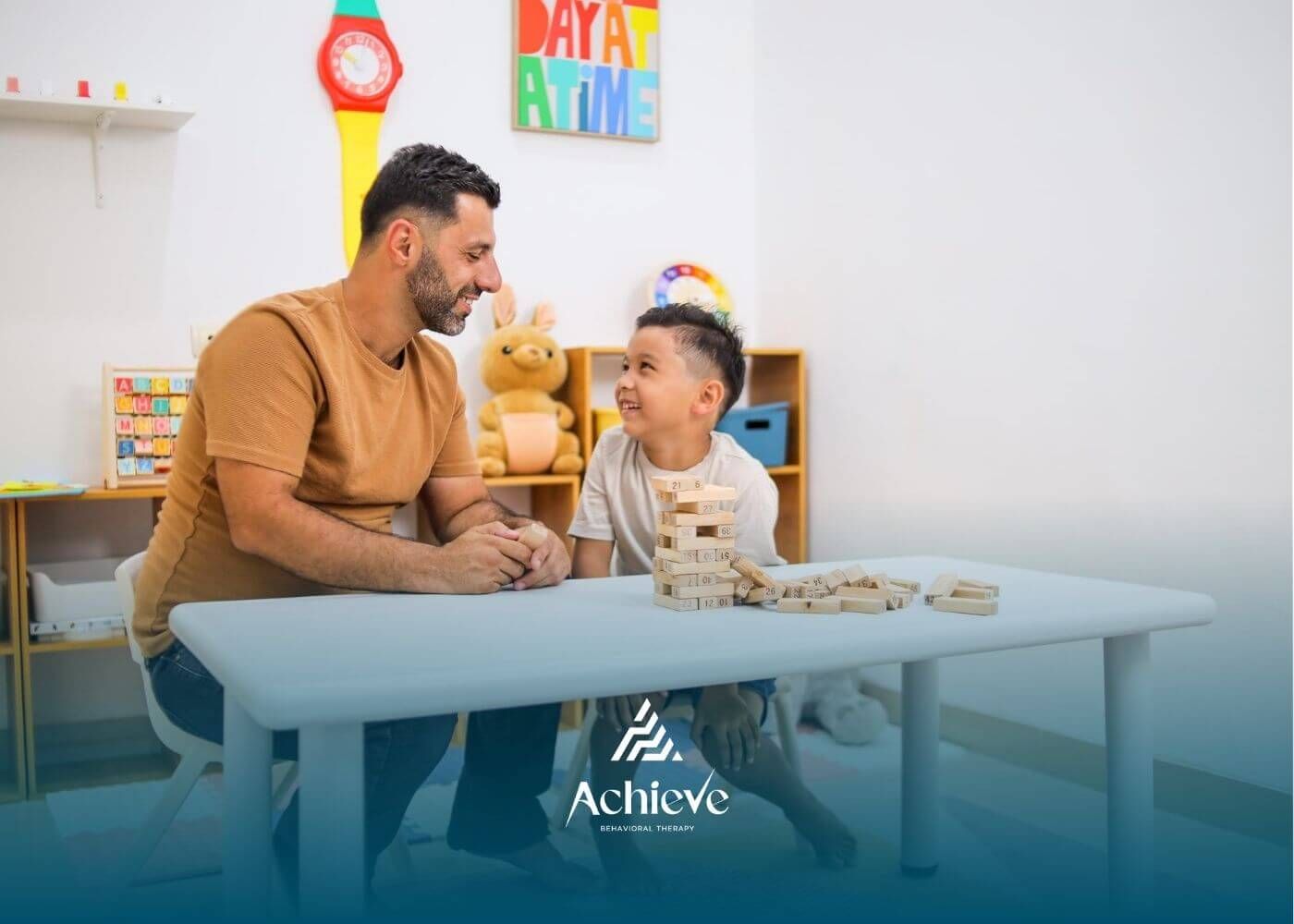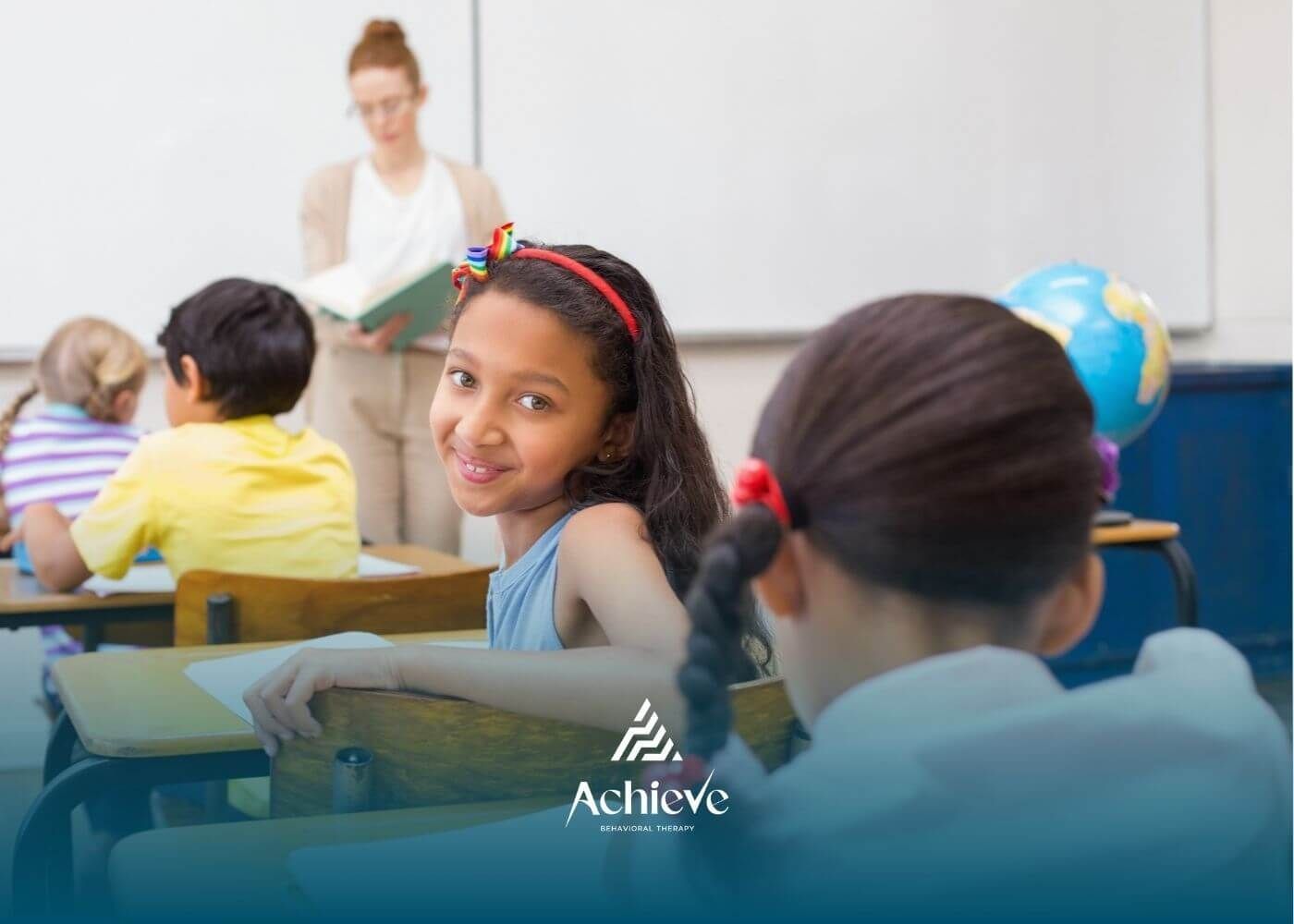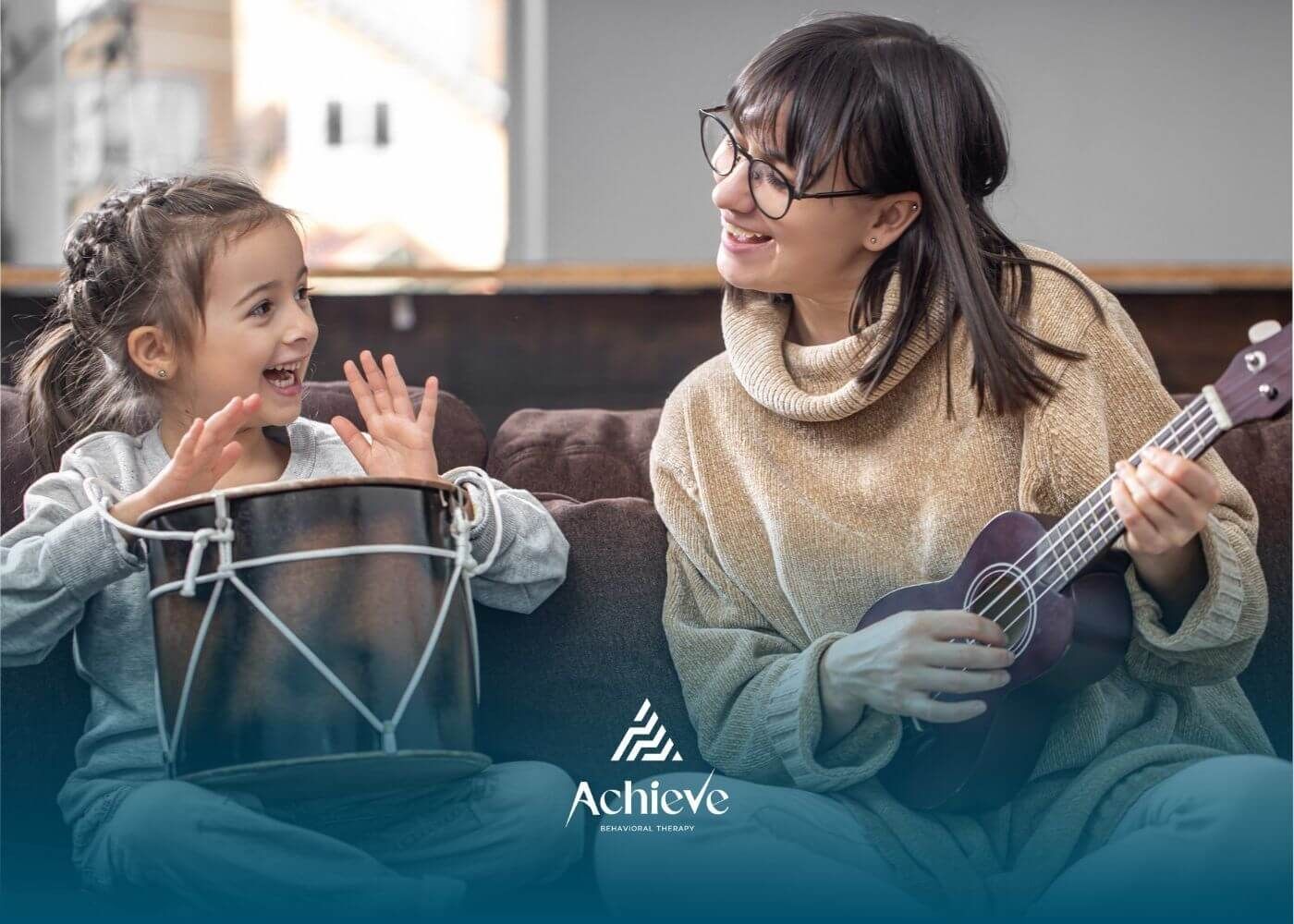Simple and Effective Calming Tools Every Autistic Child Can Benefit From

All kids feel stress from time to time, but for autistic children, everyday situations can sometimes feel much bigger and harder to handle. That’s where calming items come in. These simple tools provide comfort, ease anxiety, and support self-regulation in ways that can make daily life smoother.
Because many autistic children have sensory sensitivities, calming items can offer a sense of predictability and security—whether through touch, sound, or movement. The right item not only helps prevent meltdowns but also promotes focus and gives children a greater sense of control in their world.
Popular Calming Items for Autistic Kids
Weighted Blankets and Lap Pads
The gentle pressure of a weighted blanket or lap pad creates a sense of safety and calm, making them especially helpful during bedtime or quiet time.
Fidget Toys
Stress balls, sensory rings, and other fidgets give kids a safe way to channel extra energy and reduce stress.
Noise-Canceling Headphones
For children sensitive to sound, headphones lower background noise so public spaces or classrooms feel less overwhelming.
Chewelry (Chewable Jewelry)
Chewelry meets oral sensory needs safely and offers comfort on the go.
Calming Lights and Visuals
Soft lighting, bubble lamps, or lava lamps create a soothing environment and encourage relaxation.
Stuffed Animals or Comfort Objects
A favorite plush toy, pillow, or soft blanket can provide instant reassurance during stressful moments.
Sensory Bottles
Glitter, beads, or liquid-filled bottles give kids a calming visual to focus on, helping them self-soothe.
Swings or Hammock Chairs
Gentle rocking motion provides vestibular input and helps kids feel grounded and calm.
Soft Textured Toys or Blankets
Textures like plush, silky, or bumpy fabrics give children tactile comfort and reduce stress through touch.
Aromatherapy (Kid-Safe Scents)
Scents such as lavender or chamomile, used safely with supervision, create a relaxing atmosphere, especially at bedtime.
Stress Putty or Therapy Dough
Squishy putty or dough lets kids squeeze, stretch, and mold, releasing tension through their hands.
Breathing Tools
Pinwheels, bubbles, or other breathing toys encourage deep breathing, which helps regulate emotions.
Body Socks
These stretchy sacks provide deep pressure input while allowing kids to move and stretch, creating a sense of security.
Rocking Chairs
The repetitive rocking motion can help children calm down and regulate their emotions naturally.
Visual Schedules
While not a toy, visual schedules reduce anxiety by showing kids what to expect, making daily transitions smoother.
Calming Apps or Music
Relaxing music, nature sounds, or guided relaxation apps help children reset and unwind—especially when paired with headphones.
At Achieve ABA, we understand that every child’s calming toolkit is unique. Whether at home, in school, or in therapy, these items can make transitions smoother and moments of stress easier.
Our ABA services in New Jersey and North Carolina—including in-home ABA and school-based ABA—help families discover strategies and supports that truly work.
Ready to find what helps your child feel calmer and more confident? Contact us today!
FAQs
What is the best calming item for autistic kids?
It depends on the child—some prefer weighted blankets, others respond best to fidgets or headphones.
Can calming items be used during ABA therapy?
Yes! Many therapists encourage calming items to support self-regulation during sessions.
Are calming items only for home use?
Not at all. They can be used at school, in the car, or anywhere your child needs extra comfort.
Need Support?
We're Here to Help!
Our experienced team is ready to assist you. Reach out today to discuss how we can support your child's development and well-being.
Get started with expert ABA therapy today.














